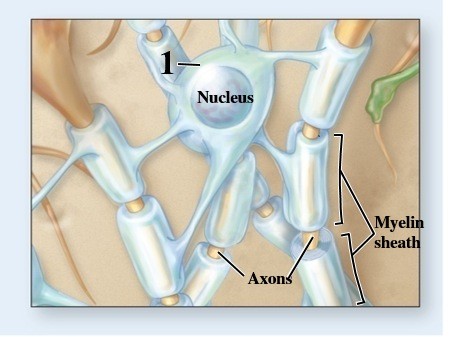Define the underlined terms in the following case study. An 8-year-old 2/N cocker spaniel was presented to an emergency clinic for lethargy, anorexia, and abdominal distention from a fall from a two-story window 7 days ago. The dog initially presented to the clinic for ascites with a balloted fluid wave and dyspnea. The acute hemoabdomen was resolved with an abdominal exploratory to control
bleeding from the liver and spleen. Hemorrhaging was controlled at that time, and blood was suctioned from the abdomen. The dog also received a blood transfusion. Upon arriving at the clinic today it was noted on PE that the dog had pale pink mm, prolonged CRT, and was tachypnic and dyspneic. A chest radiograph revealed pneumothorax as the cause of tachypnea and dyspnea. A chest tube was placed in the dog pending surgical repair of the chest. 2/N lethargy anorexia abdominal distention ascites balloted dyspnea acute hemoabdomen abdominal exploratory transfusion PE mm CRT tachypnic chest radiograph pneumothorax chest tube
What will be an ideal response?
2/N Male/neutered
lethargy Listless
anorexia Not eating
abdominal distention Enlarged area between the chest and pelvis
ascites Abnormal accumulation of fluid in the abdomen
balloted Diagnostic technique of hitting or tapping the wall of a fluid-filled structure to determine contents
dyspnea Difficulty breathing
acute hemoabdomen Sudden blood in the abdominal cavity
abdominal exploratory Incision into the abdomen to discover the cause of pathology
transfusion Introduction of whole blood or blood components into the bloodstream
PE Physical exam
mm Mucous membrane
CRT Capillary refill time
tachypnic Abnormally rapid breathing
chest radiograph X-ray of the thorax
pneumothorax Accumulation of air or gas in the pleural space
chest tube Hollow device inserted into the thoracic cavity to remove fluid or gas
You might also like to view...
What cell type is indicated by number 1?
A. Astrocyte B. Oligodendrocyte C. Ependymal cell D. Satellite cell E. Microglial cell
Muscles, glands, and special cells that respond to neural stimuli are called
A) axons. B) reflexes. C) dendrites. D) effectors. E) receptors.
The three unpaired pieces of cartilage in the larynx are the thyroid cartilage, the ____, and the cricoid cartilage
a. epiglottis b. glottis c. cricoid cartilage d. corniculate cartilage
The sympathetic fibers in the nerves to the jejunum and ileum originate in which of the following spinal cord segments?
(A) C5-T1 (B) T1-T5 (C) T5-T9 (D) T9-T12 (E) L1-L2